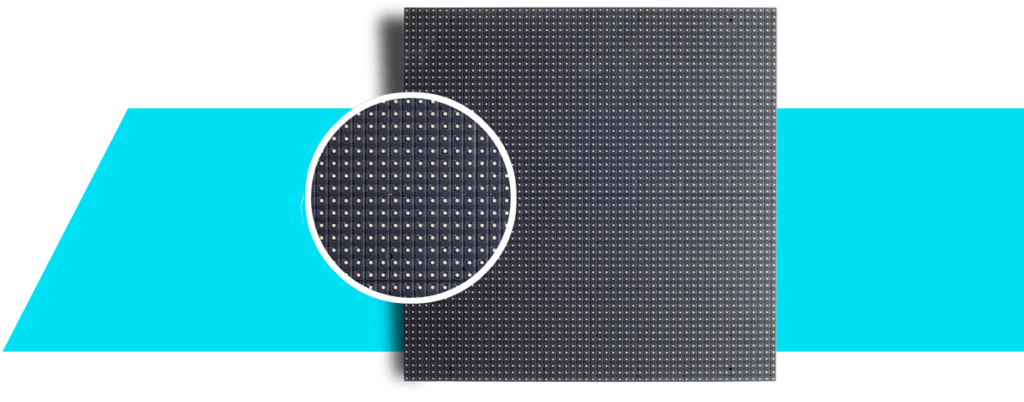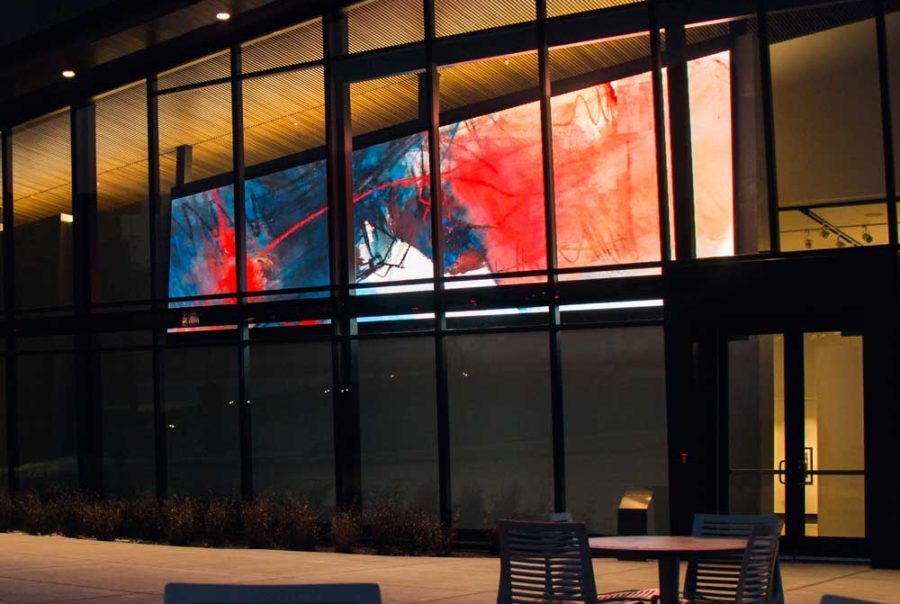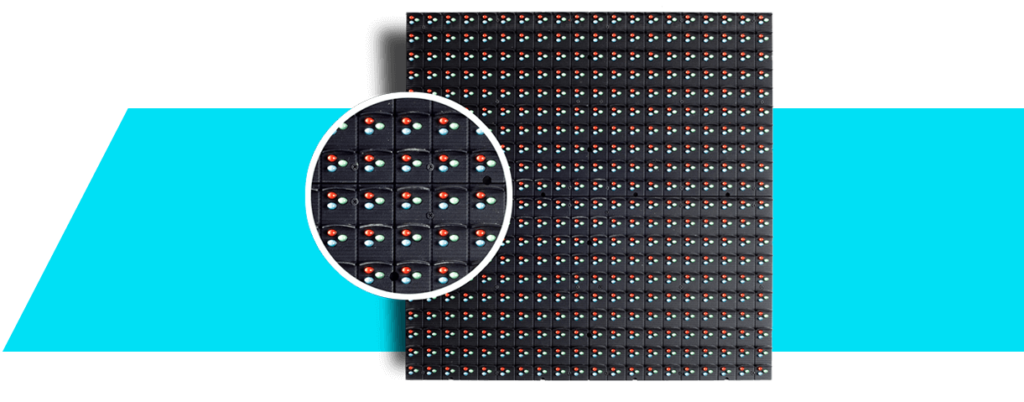LED (Light Emitting Diode) technology has transformed the signage industry with its unparalleled brightness, energy efficiency, and durability. Businesses across industries are leveraging LED signage to captivate audiences, convey messages, and achieve marketing goals. By understanding the key components, working principles, and technological advancements behind LED signs, businesses can make informed decisions and maximize their investment.

Basic Components of LED Signs
- LED Chips:
At the heart of every LED sign is the LED chip, a semiconductor device that emits light when an electric current passes through it. Made from materials like gallium arsenide or gallium nitride, these chips determine the color and energy efficiency of the light. - Printed Circuit Board (PCB):
LEDs are mounted on PCBs, which provide structural support and electrical connections. The design of the PCB plays a crucial role in heat dissipation and overall performance, impacting the durability and reliability of the signage. - Driver Circuit:
The driver circuit regulates the power supply, ensuring stable and consistent light output. It converts incoming electrical currents to suitable forms for the LEDs and often includes dimming and control features for enhanced functionality. - Housing and Optics:
The housing protects LED signs from environmental factors, while optics like lenses or diffusers shape and direct the light. This ensures uniform brightness and enhances the visual appeal of the display. - Control System:
Modern LED signs incorporate advanced control systems that allow for remote updates and real-time adjustments. These systems can be connected to computers or other devices, making it easy to manage content dynamically.
Working Principles of LED Signs
- Electroluminescence: LEDs operate on the principle of electroluminescence. When an electric current flows through the semiconductor, electrons recombine with holes, releasing energy as photons (light).
- Color Production: The light’s color depends on the semiconductor material’s bandgap energy. By varying the materials, LEDs can produce a spectrum of colors, including red, green, blue, and white, enabling vibrant displays for any application.
- Modular Design: Many LED signs are built from modular panels containing a matrix of LEDs. This modular approach allows for flexible design options, enabling businesses to create displays of various sizes and shapes.
- Pixel Pitch and Resolution: Pixel pitch, the distance between adjacent LEDs, determines the display’s resolution. Smaller pixel pitches offer higher resolution and sharper visuals, making them ideal for applications requiring detailed imagery.

Advancements in LED Technology
- High Brightness and Efficiency:
Continuous improvements in LED chip design have resulted in brighter displays that consume less power. This makes LED signs perfect for outdoor digital displays and large-scale applications. - Flexible and Transparent LEDs:
Innovations like flexible LED panels and transparent LED displays are opening new possibilities for creative signage. Flexible panels can curve to fit unique spaces, while transparent displays allow for see-through visuals that integrate seamlessly into their environment. - Smart LED Signs:
Integration with smart technologies is a growing trend. Smart LED signs can interact with other devices, use sensors for real-time data collection, and dynamically adjust content based on environmental conditions or audience demographics. - Advanced Control Systems:
Cloud-based control systems enable businesses to manage content remotely, synchronize displays across multiple locations, and monitor signage performance in real time. These systems enhance engagement and provide unparalleled control over marketing efforts.
Benefits of LED Sign Technology
- Longevity:
With operational lifespans often exceeding 50,000 hours, LED signs reduce maintenance and replacement costs, making them a cost-effective solution. - Brightness and Visibility:
LED displays offer unmatched brightness, ensuring visibility even in direct sunlight or challenging weather conditions. This makes them ideal for both indoor and outdoor use. - Versatility:
The modular nature of LED technology allows businesses to create displays for diverse applications, from small indoor signs to massive outdoor billboards.

Why Choose LED Signs?
As LED technology continues to evolve, its applications in signage are becoming more versatile and impactful. Whether it’s a high-resolution LED video display for a retail environment or a weather-resistant outdoor LED sign for a sports venue, the advantages are clear:- Energy Efficiency: Reduced power consumption compared to traditional signage.
- Dynamic Content: Easy updates to reflect changing business needs.
- Durability: Long-lasting components built to withstand harsh conditions.



